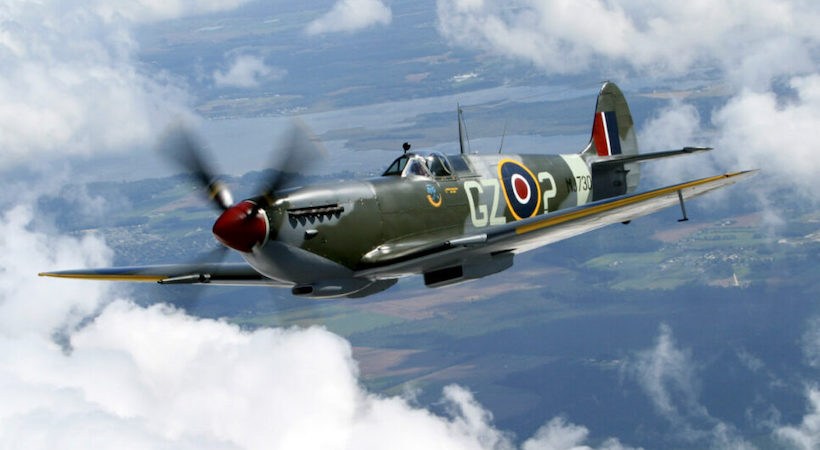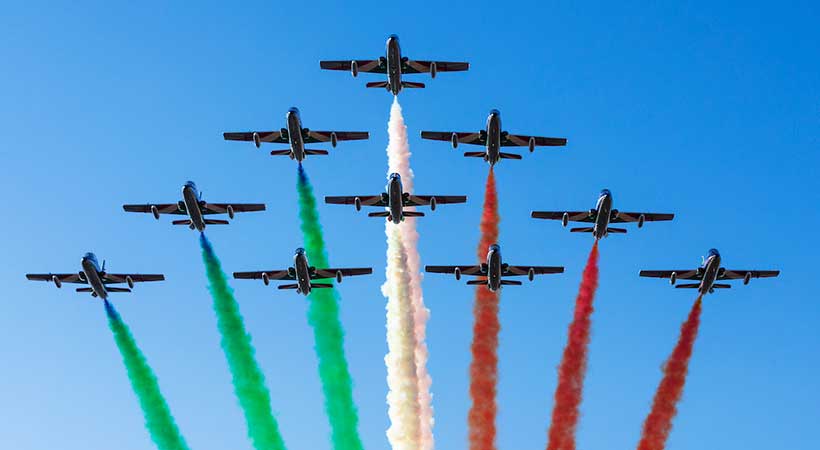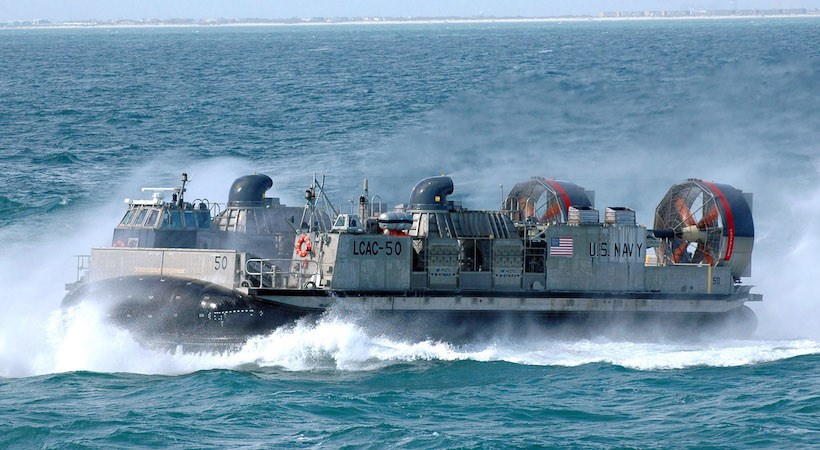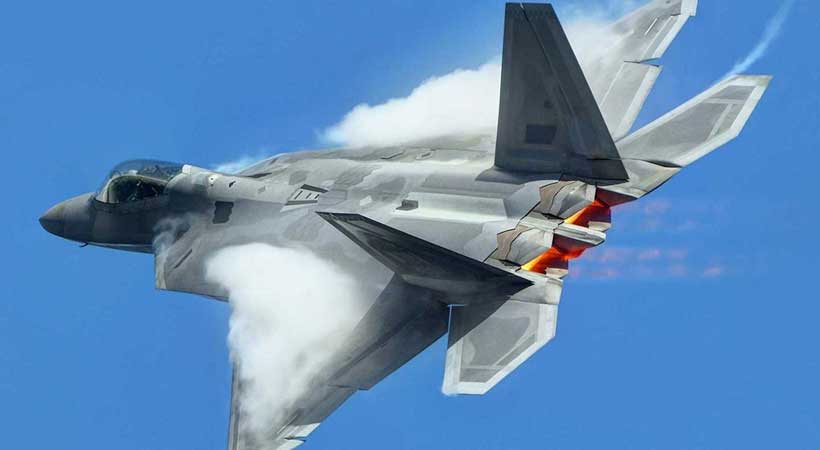Supermarine Spitfire
Designed as a short-range, high-performance interceptor, the Spitfire became a symbol of Britain’s resistance against Germany during the Battle of Britain. Its positive impact on morale and superlative performance in combat have led some to call it “The Airplane that Saved the World.” Known by her wartime serial number, MJ730, the Museum’s Spitfire flew more than 100 combat missions during WWII. Manufactured at Vickers-Armstrong’s Castle Bromwich Aircraft Factory, MJ730 was test-flown by the legendary Alex Henshaw on December 10, 1943. She was soon shipped to Casablanca, Morocco aboard the S.S. Leeds City. MJ730 saw her first combat missions with No.417 Squadron, Royal Canadian Air Force defending the Anzio Beachhead via a base in Marcianise, Italy. Reassigned to No.154 Squadron, Royal Air Force...


























